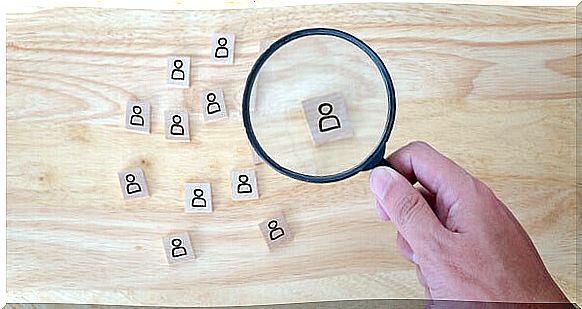Headhunting: Do You Know How It Works?

If we translate literally from English (headhunter), the term headhunter does not convey an unfriendly message. It can even make us apprehensive. However, when we talk about talent scouts, things change. Headhunting is currently one of the most used methods of personnel selection by companies.
It consists in looking for the ideal candidate for a vacancy without being in an active job search. Thus, the headhunter is in charge of finding profiles according to what the company asked to find the most qualified employee.
For what is used?
Its origin is relatively recent. It started in the 50s and 60s, in New York, as a way to find people trained to fill managerial positions. During these years, a number of small companies were founded in the United States, which were later consolidated as large headhunting multinationals.
Today this method is less used to find people with such responsibility. It is mainly used to discover the hard-to-find profiles, whether due to market shortages, training, skills or abilities.

How to work with headhunting
There is no doubt that the incorporation of the Internet and new technologies gave this method an enormous boost and, in some way, transformed it. Before, when we weren’t “connected”, the selection of personnel was much more arduous. Recruiters were required to use their contact list or calendar to look for potential candidates.
With social networks, email and mobile, the task is much easier. In addition, there are different platforms that serve to obtain immediate information about a person’s work, academic history and training. At a quick glance you can tell if this profile is one of the ones you might be looking for or not.
It’s like a catalog of candidates several clicks away. But despite this apparent time savings, headhunting is a long process that requires several steps.
Process phases
Typically, companies specializing in headhunting are hired by other companies. They are given the task of finding a specific profile to fill a specific job opening. So, listening to the customer’s needs is also part of the process.
- Study the profile of the employee the client needs: several bilateral meetings are held to establish what is wanted and what is not. It is the foundation on which the rest of the work is based.
- Classification of recruitment sources: professional networks, contacts, job portals, competing companies, databases… The professional investigates the network, becomes a Sherlock Holmes of the online market.
- First contact with the candidate: he will be informed about the position offered, the profile being sought, and will provide further information requested by the company.
- Conducting interviews: they usually consist of a group dynamic and, later, an individual one.
- Preparation and presentation of a report on candidates to the client: after a sieve, a brief profile is made of those who are considered most suitable.
- Presentation of finalist candidates to the client: the company that hired the headhunter will have the last word.

In human resources, a very important part is the candidate’s resume or career path. But there is another equally essential: the human and non-verbal. Everything we can imagine is taken into account. The candidate’s handshake, his clothes, his appearance, the posture he maintains during the interview, the perfume or the way he expresses himself.
Once the headhunter obtains this information through personal contact and treatment, he will already be able to know if this profile is compatible with our client’s needs. Rakesh Khurana, PhD in Organizational Behavior, asserts that the job of headhunting professionals is to coordinate, mediate and legitimize. They are the ones who “determine who is considered a talented individual and who should be admitted to the networks that provide access to elite jobs.”
Advantages of headhunting
The advantages offered by subcontracting headhunters are many. Compared to the traditional technique, it saves costs and time. What used to take weeks can now be done in just a few hours. Their personalized treatment, the optimization of resources and their dedication give the company that hires them peace of mind and support.
Furthermore, outsourcing this selection process ensures greater fine-tuning with the ideal candidate. Keep in mind that these companies are “only” dedicated to hunting talent, so it is assumed that their professionalization is greater than that of any internal human resources department.

If the mountain doesn’t come to Mohammed, Mohammed goes to the mountain
If you are unemployed or looking for a job more in line with your preferences, why not do “headhunters headhunting”? I mean, why don’t you go find these talent scouts?
First of all, it is advisable that you have an open profile on some social network used by these professionals. Once there, identify the companies you would like to work for and filter by vacancy. Search for the recruiters, consultants, selectors, researchers, recruiters… and add them!
Maybe you were invisible before, but taking these small steps is much more likely to be taken into account for the position you want.









